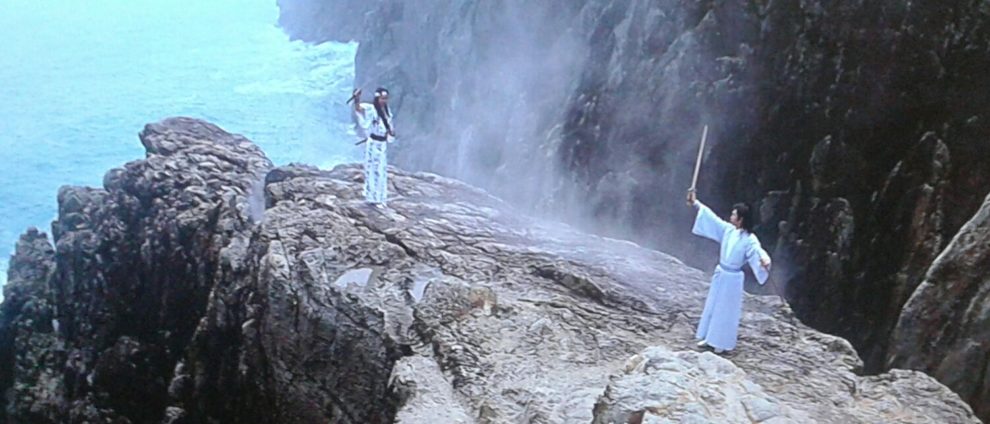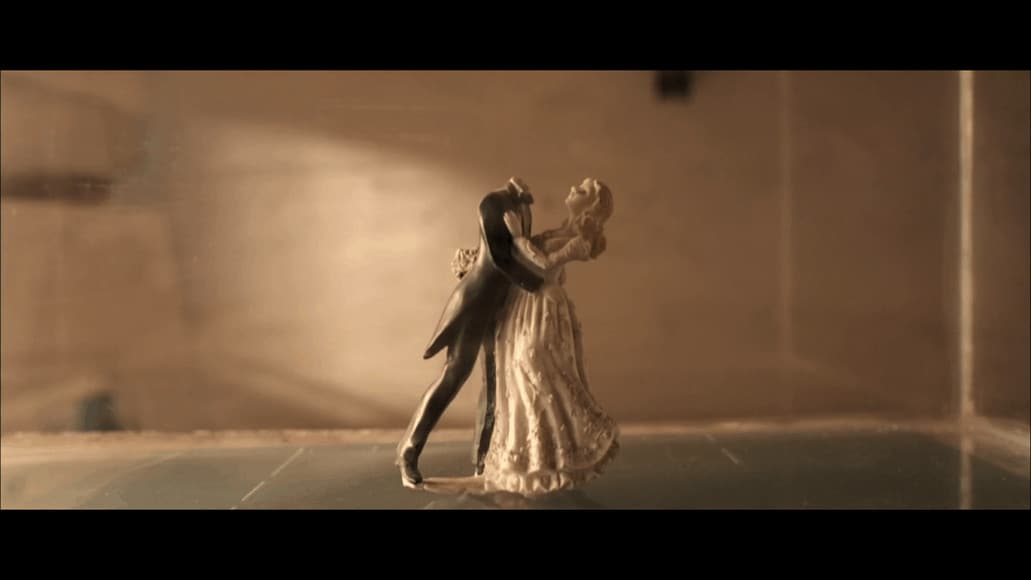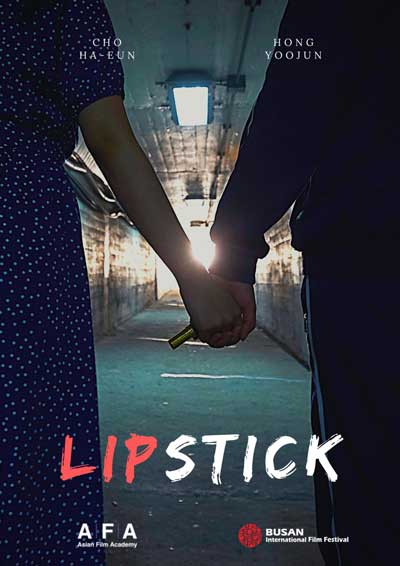“Nobody wins here but death”. Probably the best summarization of Wu Xia cinema, encapsulated in one line by Damian Lau's Ching Wan. There are arguments as to when the Hong Kong New Wave started and there is certainly evidence for “Duel to the Death” to be one of the instigators. The directorial debut of legendary action choreographer Ching Siu-Yung, it is one of the defining films in the rich history of the area's action cinema.
Buy This Title
Ching Wan, a student of the Shaolin Temple is the chosen Chinese representative in a one-on-one duel with the Japanese. Prior to his departure he confronts Kenji (Eddie Ko), a Japanese monk visiting the temple who goads the Abbott into a fight. Hashimoto (Norman Chu), the Japanese representative is attacked by a masked individual whom turns out to be his maste; as he lays dying he asks Hashimoto to recite their clan's mantra. Victory above all else. The two arrive at the home of the family hosting the contest, comprised of Master Han (Paul Chang Chung) and his daughter Sheng Nan (Fiona Cheung) who initially is disguised as a man. As the two learn more about the history of the duel, other attendees begin to get attacked on route. Treachery and tragedy follows as the build up to the final confrontation is paved in bloodshed.

Ching Siu-tung was to be frequently criticized as a director for having great visuals but being less focused as a stroryteller. There are elements of this here but it is less down to the director but more to the thinness of the narrative which is a slender one to attach the numerous action scenes. These are absolutely stunning and evidently, even at this early stage, he was a master of his craft. The action choreography is just of the highest order. There is an almost surrealness to some of the images. A giant ninja exploding into several smaller ones, ninjas on kites dropping down from the sky and the shots of the captured warriors in a spider's web contraption in a seemingly endless dungeon. The final duel itself is Wu Xia at its best; the two warriors soaring in the sky, swords practically singing as they clash.
Yet despite the narrative thinness, there is more context than you will normally find in standard swordplay features, hence the argument about the film being one of those that started the new wave. Ching Wan is not your usual hero, but a reluctant combatant from the outset. He critiques his former master for sending him to Shaolin, he hopes the duel is not a fatal one and tries to avoid the fate he is destined for until circumstances leave him with no choice. Equally, Hashimoto is a more nuanced character than the usual Japanse stereotype. His own samurai code of honour is given scope and allows him more humanity. Whilst Kenji is the archehtypical ninja villain, Hashimoto wants a fair confrontation. His actions at the end are also consistent with the mantra of his clan set up at the beginning. He accepts his fate, understanding it is a warrior's way to die in battle. This leads to a terrific final series of shots as both combatants acknowledge this inevitability, with the one survivor walking away, crippled and forlorn. Master Han too is a more interesting character with a rationale behind his actions, that whilst set up obviously from the beginning, are at least consistent. The whole notion of honour becomes a distorted monster that dooms the innocent.
The acting is excellent also. Damian Lau carries his side well as the reluctant Ching Wan. Norman Chu is equally impressive, bringing out the honour and essential decency behind his character, despite being bound by his code. He is less villain, more doomed anti-hero. It's part of the gradual balancing of characterization that was evident in the early 1980's where Japanese characters became less stereotypical bad guy. Eddie Ko is perhaps one of the more underrated talents despite a very solid list of credits. His Kenji is the arch manipulator of the piece and is suitably loathsome, leading to a very cathartic demise! Paul Chang Chung gets a good part as Master Han. Avoiding spoilers here but the revelations give him more depth, which also allows for a second tragic denouement with Shang Nan. Fiona Cheung gets the traditional female warrior part. Dressed as a man initially as brought up as a fighter, only to be feminised again by her attraction to Ching Wan. She equips herself well in her fight sequences too and is by no means a lesser role.
“Duel to the Death” is an undisputed masterpiece. Faultless action choreography is merged with interesting characters to create a complelling story. Whilst the narrative is thin, the more complex subtext gives it a depth and consistency that lifts it above most of what came before and set a standard for others to follow. Nearly 40 years on, it retains a freshness and energy that has allowed it to stand the test of time.
















